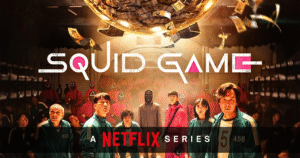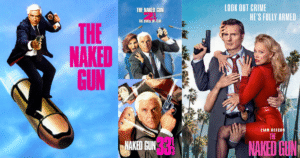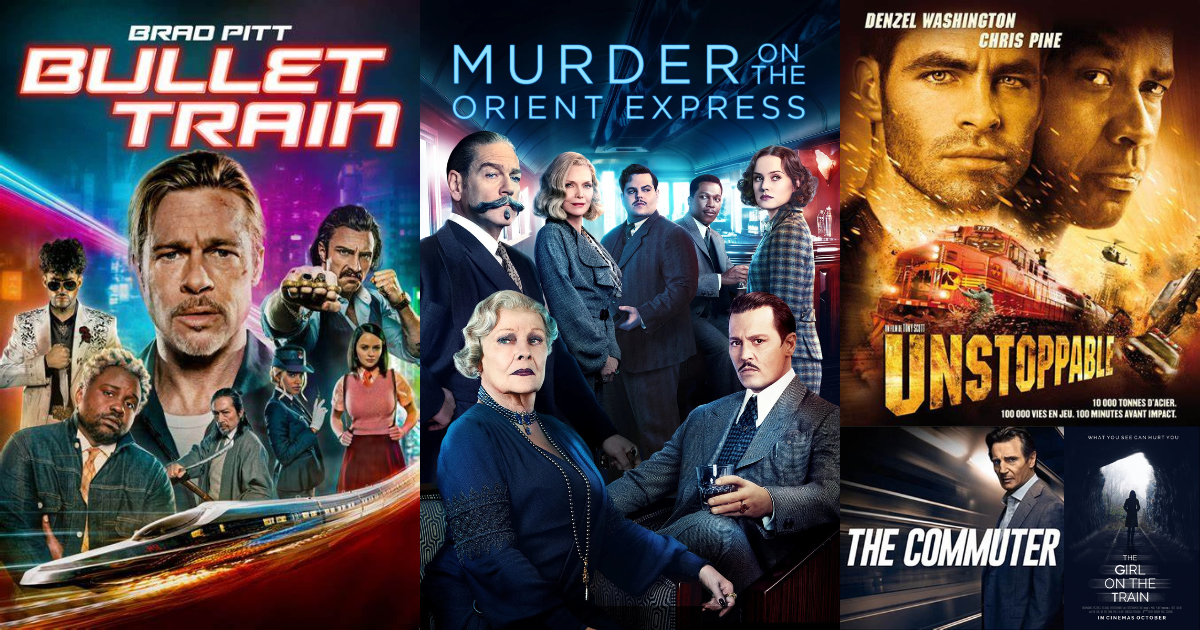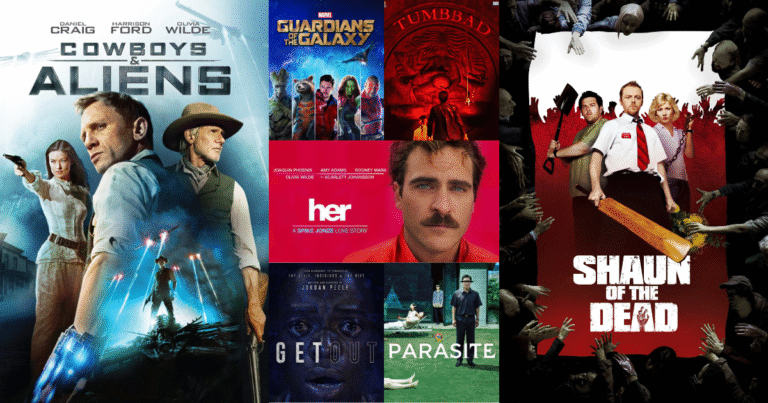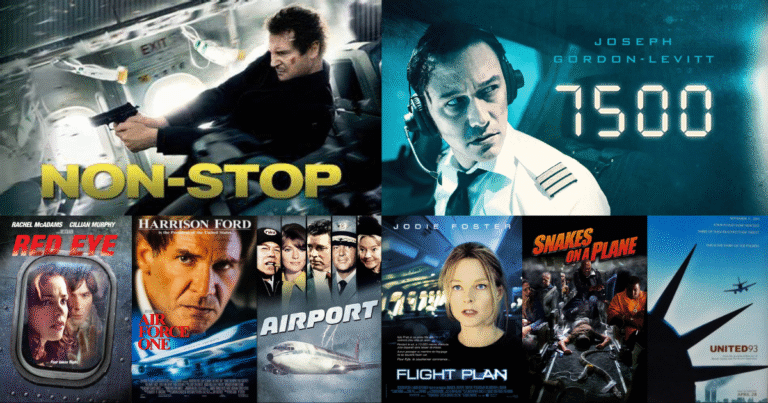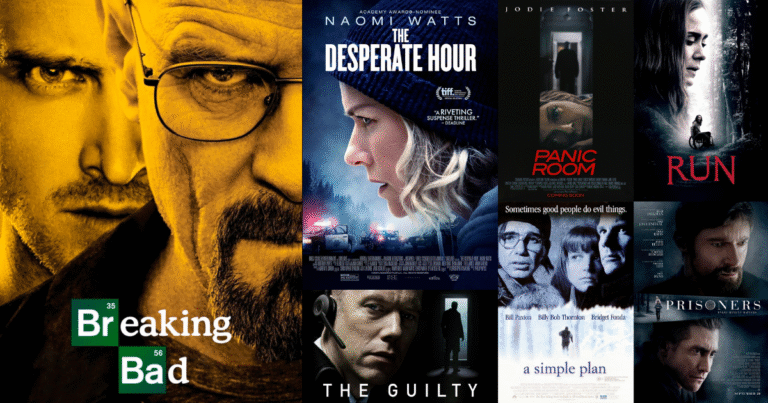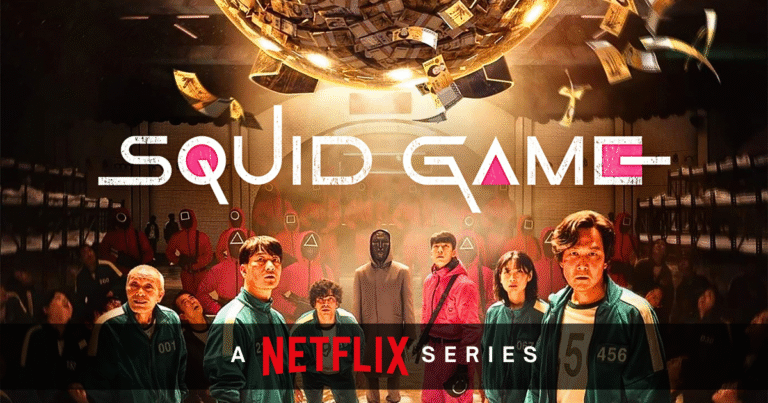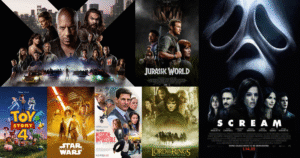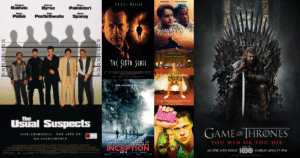There’s something about trains that makes them perfect for suspense. Maybe it’s the confined space, the unstoppable momentum, or the fact that you’re surrounded by strangers and can’t get off whenever you want. Whatever the reason, train thrillers have long captured the imagination of both filmmakers and audiences. From classic whodunits to high-speed action films, these stories tap into deep, primal fears, and we can’t seem to look away.
Let’s step aboard and explore why thrillers set on trains continue to be such a gripping subgenre, and which ones you absolutely need to watch.
The Allure of the Moving Mystery
Trains offer a unique storytelling environment. The limited space creates natural tension, especially when characters can’t escape the situation they’re in. Whether it’s a mysterious passenger, a bomb on board, or a deadly assassin blending into the crowd, the claustrophobia of a train ride raises the stakes dramatically.
Trains also carry a certain romantic nostalgia. There’s a rhythm to the movement, a sense of transition, from one place to another, that mirrors the emotional or narrative journey of the characters. In a thriller, this forward momentum adds pressure. There’s no turning back. The clock is ticking. And someone on board may not survive.
Classics That Set the Standard
One of the earliest and most influential examples of the genre is Alfred Hitchcock’s The Lady Vanishes (1938). A woman disappears from a moving train, and everyone else insists she was never there. It’s a psychological puzzle with mounting paranoia, the perfect ingredients for a train-based mystery.
Another classic is Agatha Christie’s Murder on the Orient Express. The luxurious setting, the ensemble of suspicious characters, and the snowbound isolation make it a masterclass in closed-circle suspense. The story has been adapted many times, but its core premise, a murder in a locked environment, remains timeless.
Speed, Stakes, and Survival
More recent train thrillers have ramped up the adrenaline. Take Tony Scott’s Unstoppable (2010), which is literally about a runaway train carrying hazardous materials. With Denzel Washington and Chris Pine trying to stop it before disaster strikes, the film is a nerve-wracking race against time.
Then there’s Jaume Collet-Serra’s The Commuter (2018), starring Liam Neeson as a regular guy caught in a sinister plot during his daily train ride. It’s packed with twists, suspicious strangers, and moral dilemmas, a great example of how train thrillers mix action and mystery in just the right dose.
And of course, we can’t forget Bong Joon-ho’s Snowpiercer (2013), a dystopian thriller where the entire world has frozen and the last remnants of humanity live aboard a constantly moving train. Each carriage holds a different layer of society, and the protagonist’s journey from the back to the front becomes a brutal fight for justice and survival.
Why It Still Works
Train thrillers continue to be popular for a few key reasons:
- Built-In Tension: When something goes wrong on a train, you can’t just leave. That creates instant suspense.
- Diverse Characters in Close Quarters: Trains throw different types of people together, and the friction between them can spark all kinds of drama.
- Movement Equals Urgency: The train is always going somewhere, adding natural momentum to the story.
- Multiple Perspectives: You can easily switch between characters in different compartments, offering a wide view of the narrative.
From a filmmaking perspective, trains also allow for creative camera work. Narrow corridors, shifting lights, and the rhythmic clatter of wheels all add to the atmosphere. Directors can play with space and time in interesting ways, using the train not just as a backdrop, but as a living part of the plot.
Train Thrillers Around the World
This isn’t just a Hollywood phenomenon. International cinema has embraced the genre with its own flair.
India’s The Train (1970) brought noir elements to the tracks, while Tamil film Thodari (2016) combines romance and disaster on a runaway train.
In South Korea, the zombie thriller Train to Busan (2016) became a global sensation. The mix of horror and human emotion, all within the high-speed chaos of a moving train, made it a standout example of how the format can be adapted across genres.
Even in animation, Studio Ghibli’s Spirited Away features a surreal and quiet train sequence that captures a different kind of emotional suspense.
A Genre That Keeps Evolving
Train thrillers are constantly being reimagined. With modern concerns like surveillance, cybercrime, and terrorism, the genre has expanded its range while keeping its core mechanics, tension, mystery, and urgency, intact.
Streaming platforms have also embraced the format. Shorter series and movies now explore train-based plots with fresh intensity. As visual effects improve, so does the ability to make even simple train rides look cinematic and dramatic.
If You’re Just Getting Started…
Here’s a quick list of must-watch train thrillers:
- Murder on the Orient Express (1974 or 2017)
- The Lady Vanishes (1938)
- Snowpiercer (2013)
- Train to Busan (2016)
- The Commuter (2018)
- The Girl on a Train (2016)
- Unstoppable (2010)
- Source Code (2011) – A time-loop thriller set on a train
Whether you love old-school mysteries, high-octane action, or futuristic dystopias, there’s something in the train thriller genre for you. These stories keep moving, keep you guessing, and don’t let you off until the very end.
So next time you board a train, even if it’s just your daily commute, look around. You might just be in the opening scene of your own suspense story.
